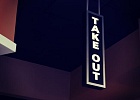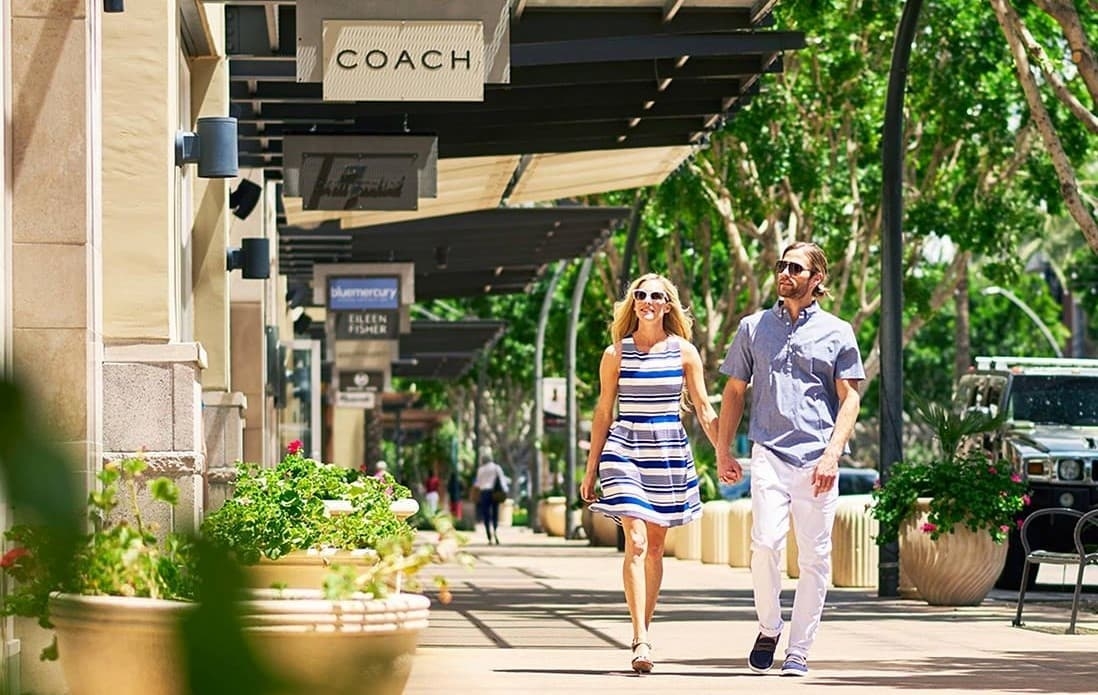
The “Greatest Generation” emerged from the Depression with more than just stories of bread lines and deprivation. Through that forced toughness, they also gained a united commitment to basic American principles of austerity, a visceral work ethic, and a self-determination that both guided their victory in World War II and helped them create the world’s predominant economy.
(Photo above: A couple strolls the sidewalks and shops at Kierland Commons. Photo courtesy Kierland Commons.)
Today, challenged by the COVID-19 pandemic, how is Scottsdale responding?
In what ways will the health crisis re-create our era, our city and our lives? How will we get along with each other going forward? Will we learn to work remotely? Will we appreciate each other more? Or, will we be more suspicious and isolated? And, with this, how will Scottsdale pilot its future?
Several Scottsdale leaders expect us to come out of this with a greater sense of community, much more appreciation for the benefits of the city’s tourism economy and the environment that makes it possible, and a more civil, empathetic sense of neighborliness.
Scottsdale tourism is hurting temporarily
With its iconic resorts and spas, hundreds of higly regarded restaurants, golf and other recreation, scenery, and weather – Scottsdale is a prime destination for travelers. And that not only offers locals the same benefits, it also drives our local economy. But social distancing has been hard on the industry.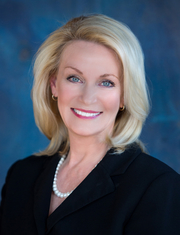 Rachel Sacco
Rachel Sacco
“Our travel and tourism industry is facing a crisis unlike any other, with businesses having to completely shut down their operations or shift their entire business models,” says Experience Scottsdale President and CEO Rachel Sacco, who has led the Scottsdale tourism organization since 1986.
“This crisis began during the local tourism industry’s peak spring season. Our businesses are missing out on critical revenue, and our community is losing important visitor-paid bed- and sales-tax revenue.”
Through the first three weeks of March, Scottsdale-area hotels and resorts saw occupancy rates decline 42 percent and total revenue decline 46 percent, she reports, adding that further declines are expected.
A healthy tourism rebound is expected
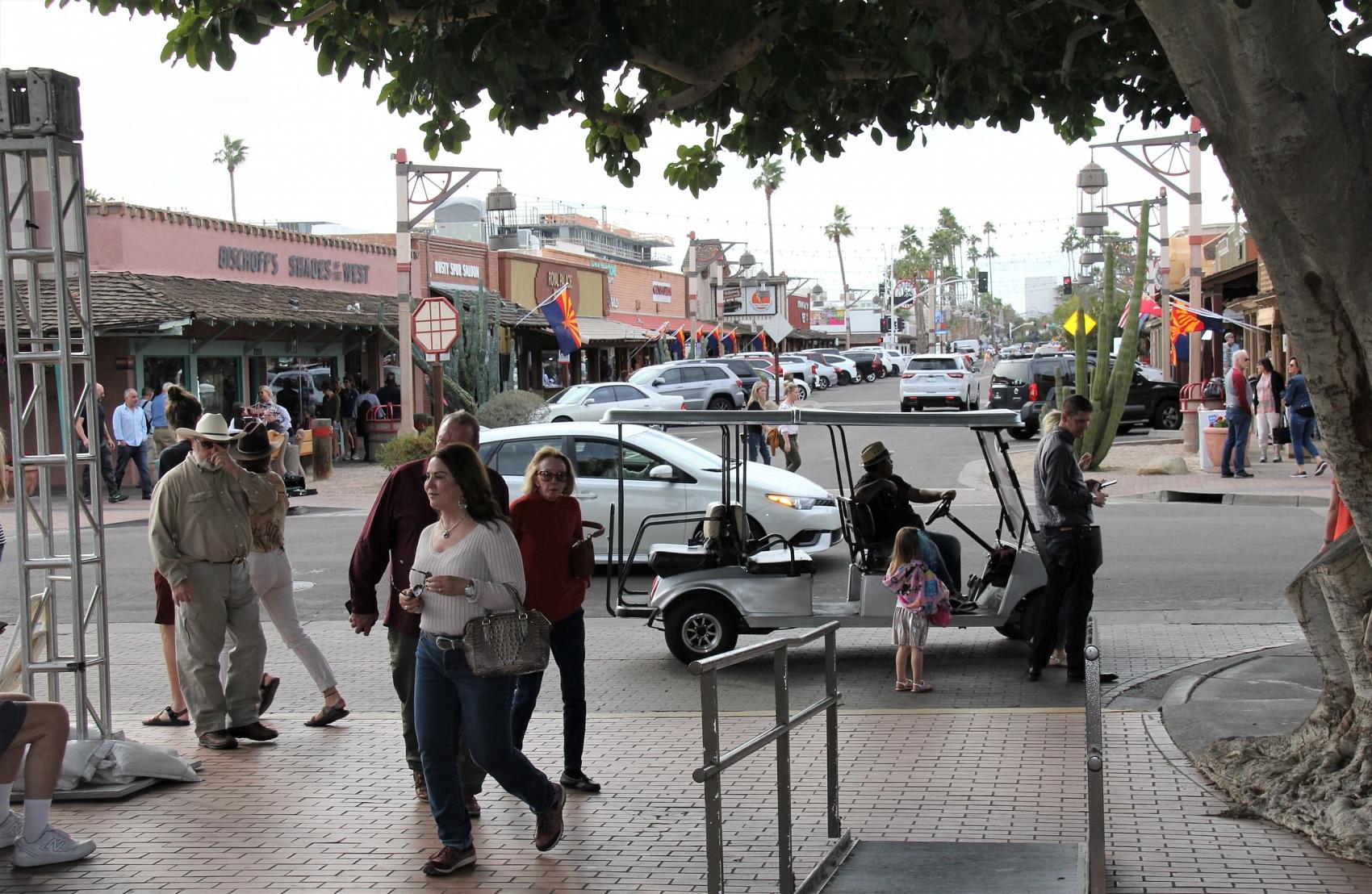
Visitors enjoy a sunny day in Old Town Scottsdale, pre-pandemic. (Hal DeKeyser photo)
But, she adds: “Travel is a truly resilient industry, and analysts predict the industry will rebound once we overcome the coronavirus. But until then, this is an immediate, devastating blow to hundreds of businesses and 28,000 employees who rely on Scottsdale’s thriving tourism industry, many of whom have already lost their paychecks or their jobs.”
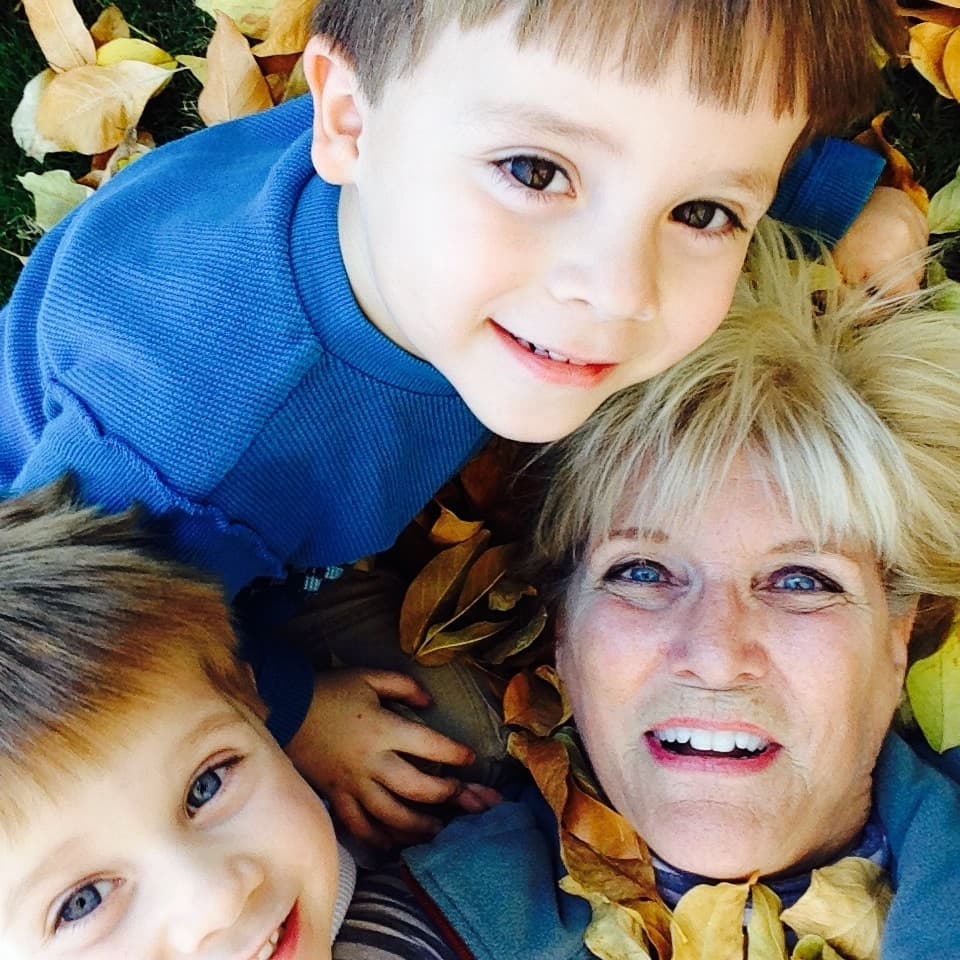 Sam Campana and grandkids“Our local economy is so dependent on tourism – an infrastructure that cannot be dismantled with its resorts, golf courses, spas, arts, shopping and restaurants,” says Sam Campana, former Scottsdale mayor and city councilwoman who has since been involved in areas such as the arts, culture, and the environment.
Sam Campana and grandkids“Our local economy is so dependent on tourism – an infrastructure that cannot be dismantled with its resorts, golf courses, spas, arts, shopping and restaurants,” says Sam Campana, former Scottsdale mayor and city councilwoman who has since been involved in areas such as the arts, culture, and the environment.
“All of us live in a highly subsidized lifestyle in Scottsdale, and it’s been a difficult point to make politically,” she adds. “But we are learning now the sobering reality of what tourists bring to our economy. So unless we all agree that investing in those components that bring new taxes into our coffers is a wise strategy, we will go the way of other communities who have higher taxes to provide fewer services and the amenities we currently enjoy.”
Post COVID-19, Scottsdale should better appreciate this foundation and how tourism will continue to build the community.
“How do we convince reluctant new homebuyers that this is the community that offers lots of open space for social distancing, when needed, the best socializing opportunities in the Valley for all ages, when allowed, an abundance of the finest healthcare facilities in the country, and a Western lifestyle people dream about?” Campana asks. “We have to agree that is who we are and what we want to be.”
More appreciation for what makes Scottsdale special
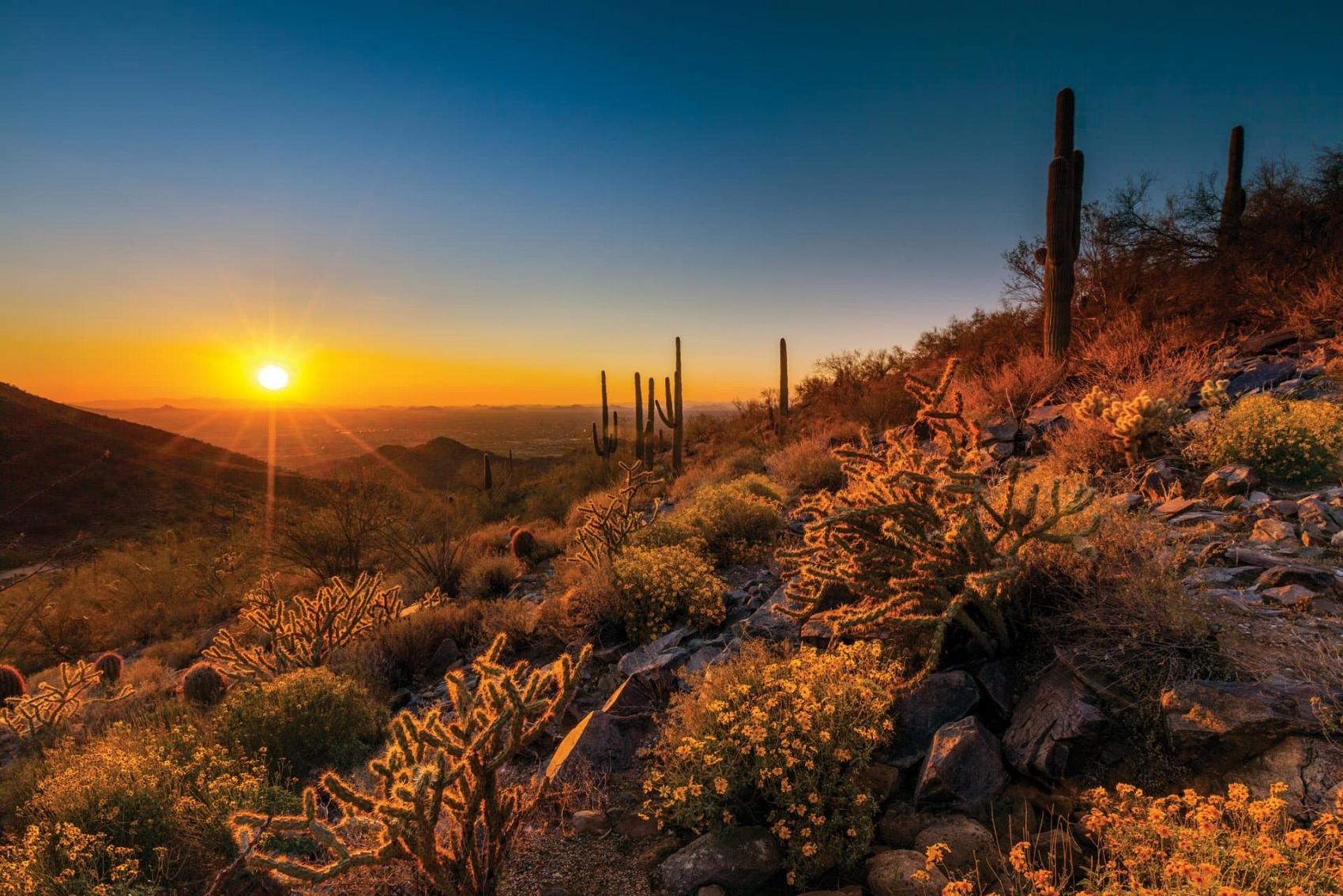
Sunset in McDowell Mountains Preserve (Tom Mackie, Experience Scottsdale)
Melinda Guli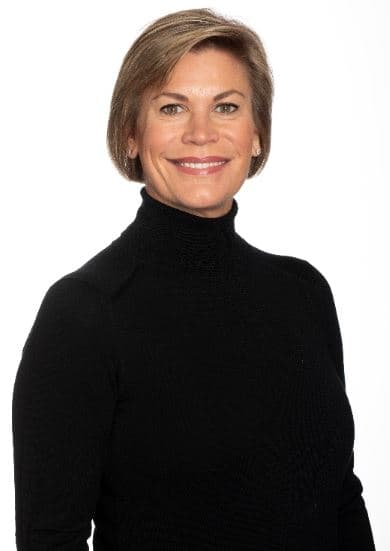 Melinda Gulickck, a businesswoman, nonprofits/charity leader, and mother of two sons, agrees that the crisis “will highlight the impact that tourism has on our local economy and how supporting the industry and the individual visitor-focused businesses is so incredibly important for Scottsdale and also Arizona.”
Melinda Gulickck, a businesswoman, nonprofits/charity leader, and mother of two sons, agrees that the crisis “will highlight the impact that tourism has on our local economy and how supporting the industry and the individual visitor-focused businesses is so incredibly important for Scottsdale and also Arizona.”
She adds: “I am hoping that the pandemic helps Scottsdale residents be more grateful for our beautiful outdoors and climate – and focused on supporting small and local business when possible.”
As with other Americans, red or blue, Campana is concerned about the country’s political polarization, nationally and locally. As yet, she has not seen any change resulting from COVID-19.
“The 9/11 terrorism acts at the Twin Towers in New York City, at the Pentagon in Washington, DC, and the aborted flight in rural Pennsylvania was a unifying event during which, ever so briefly, the country was on the same page,” she says.
Will the pandemic bring about this national unity, this empathy, a bipartisanship in which Americans work together toward solutions?
“It’s too soon to tell,” says Campana, “but I’m afraid that is what it will take. And sadly, the cure is even worse than the problem.”
A more civil community debate?
Gulick suggests a local example: “Many Scottsdale residents are engaged in our local community, and many residents are passionate about particular issues. I am hopeful that this period of social distancing will help us debate issues like development in downtown Scottsdale civilly because this period will provide us with perspective and reflection. We can have passion about an issue and still be respectful of those with equally passionate but differing opinions than our own,” she says.
Campana talks about a spiritual, transformative level, quoting Pope Francis: “[G]reedy for profit, we let ourselves get caught up . . . [W]e were not shaken awake by wars or injustice . . . nor did we listen to the cry of the poor or our ailing planet.” But, she adds, “He comforted us, suggesting this as ‘a time . . . for people to focus on the important, a time to separate what is necessary from what is not.’ ”
What is important is other people, our families and friends and the many assets of community, cultural and recreational.
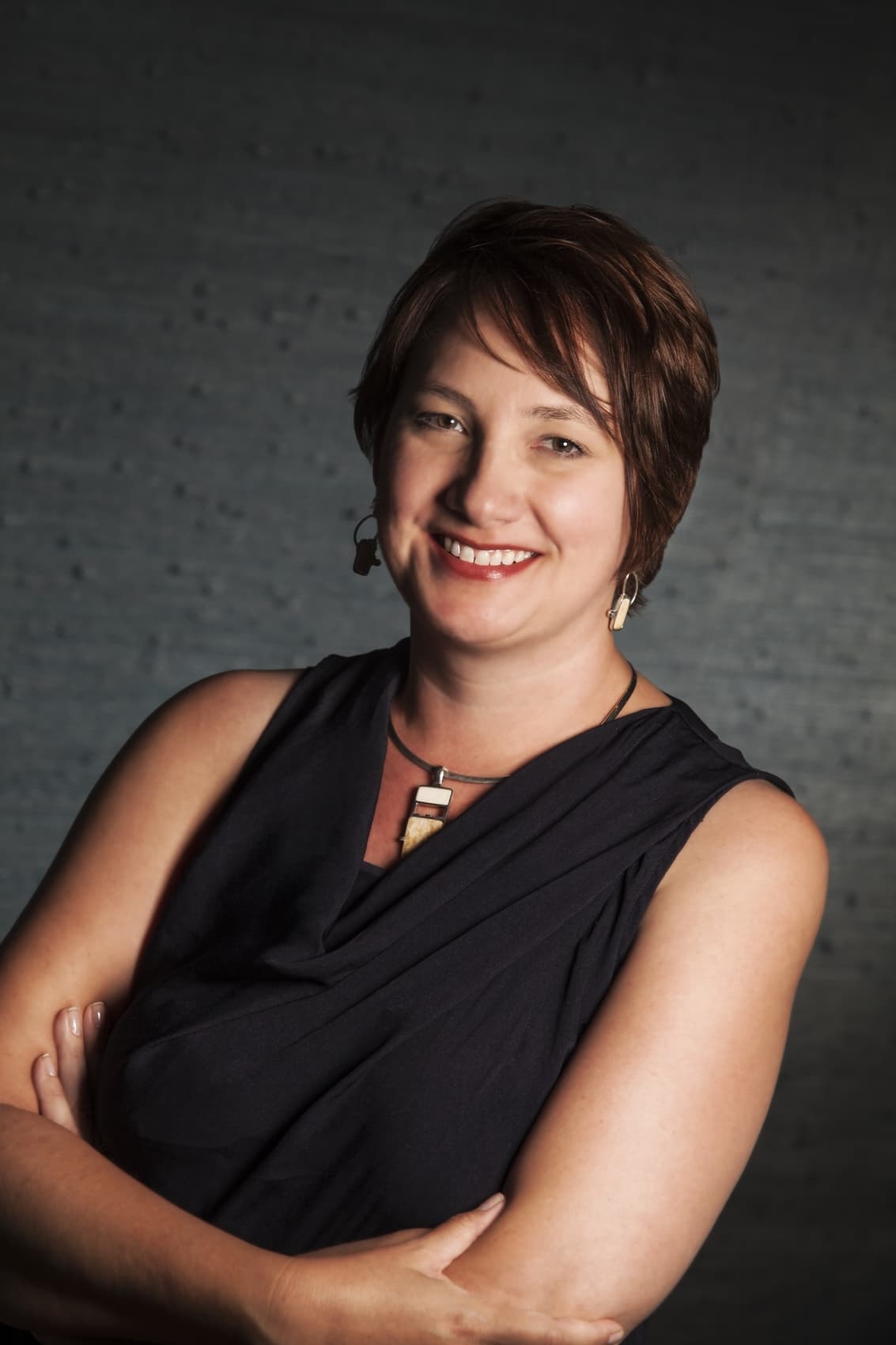 Tanya Shively“We didn’t miss these until they taken away from us, and the extroverts in particular are feeling the isolation,” says Tanya Shively, principal of Sesshu Design Associates, an interior design firm in Scottsdale.
Tanya Shively“We didn’t miss these until they taken away from us, and the extroverts in particular are feeling the isolation,” says Tanya Shively, principal of Sesshu Design Associates, an interior design firm in Scottsdale.
“And, for those who are more introverted, this has been a bit of a welcome respite: no expectation of being seen or going out more than desired,” she adds. “I think we all are realizing that our relationships are more deserving of attention and nurturing.”
Admittedly extrovert, Gulick says: “The best-case scenario is that we become more grateful for our strong community; I don’t envision social distancing becoming the norm. Humans need connection – and I am looking forward to seeing my ‘village’ in person.”
Reconnecting with loved ones
With schools closed for the remainder of the academic year, she has had “moments of panic and despair” while routinizing her 4- and 7-year-old boys at home.
“We have made good progress, instituting frequent outdoor exercise like walking our dogs and riding our bikes. I’m hoping that becomes the part of this routine that we keep.” But, she adds, “I worry for those individuals isolating alone or those in hostile homes now with no escape.”
Campana has been performing grandmotherly roles for her twin 8-year-old grandsons. “We were a fast-food/restaurant/grab-n-go household, and now we’ve reverted to home-cooked meals three times a day,” she says.
The boys are on a “quarantined adventure.” They’ve been re-visiting the local canals and golf courses, identifying birds and bird behaviors; they have a list of 34 species so far and expect to double that as spring continues.
Her group has also delivered buckets and bushels of citrus to vulnerable friends, “picked fresh by the boys and left at front doors; ring and run!” They’re also building a shed in the back yard, playing adult Scrabble and catch. “They miss their friends,” Campana says, “but I’ll bet they wouldn’t trade it for meals outside by the fireplace, night after night.”
Our Homes Welcome New Uses
Working at home may lead to more of this post COVID-19. Will people choose to telecommute? Will businesses accept this? Can employees and associates be as productive, and happy, at home?
Gulick has learned to work and socialize using Zoom.
“Hopefully, for businesses where it is appropriate, remote work and videoconferencing will become the norm,” she says. “We are certainly seeing the benefits in our air quality in the Valley and the lack of congestion on our roads.”
Some will stay at home, but cabin fever will send the majority back to the commute, Campana argues. Still, she isn’t finding virtual meeting as rewarding as face-to-face meetings.
“I believe a facility with teleconferencing will become a required but not highly utilized skill set,” she says. “Collaboration through mutually beneficial relationships does not Zoom easily.”
It could change how people set up their homes.
Shively believes that with people staying at home, they will focus on how their different rooms function or not.
“Kitchens and bathrooms may have been okay, maybe mildly annoying before, but now they may want to make them more suitable for their lifestyles,” she says.
Those who have been home officing may want to see how they can improve these spaces.
“Home offices will probably see a rise in popularity, especially if they are properly designed to be conducive to being productive at home and online. But right now, many home offices are little more than an unused bedroom with a desk, and that is not the best environment for productivity,” she says. “Good technology, good lighting, a good layout, and comfortable furniture are all keys to making your home office a happy, productive place.”
In addition, because of COVID-19, we may want more centering places, she explains: “Creating spaces in our homes will allow for private time, and a feeling of sanctuary and safety could be instrumental in an overall sense of well-being for ourselves and our families.”
Shared Appreciating, Participating, Caring
Absence creates appreciation.
Gulick explains that many charities, including those serving vulnerable populations, and our cultural organizations depend on revenues from canceled events.
“Many donors have converted their table purchases and sponsorships to donations, allowing the organization to keep the revenue,” she says. “However, the smaller ones are suffering from lack of donations, and they are dipping into reserves to continue providing services.”
She adds that a positive outcome of the pandemic will be a renewed appreciation for what the charities do for both the beneficiaries and the donors as well as for our shared arts and cultural organizations, including the Desert Botanical Garden, libraries, and museums.
“I am hopeful that as we move through this, we will recommit ourselves to the organizations and places that make the Valley truly special, and by ‘recommit,’ I mean invest, buy memberships and tickets, and make donations to your charities of choice,” Gulick says.
Campana suggests that Scottsdale residents can connect at home to these cultural assets on line where they can also download a map from Scottsdale Public Arts to walk, bike, and drive by the city’s public art, while still distancing.
“Our decades-long investment in public arts has provided us all with ways to assuage our community souls as we socially isolate,” she says. “Perhaps now more than we ever realized before, we are bound together, and, in these times of trial, strengthened by our shared appreciation for culture and the arts.”
Scottsdale Arts has also launched a series of new virtual arts programming on its website, ScottsdaleArts.org, and the websites for its four branches, Scottsdale Center for the Performing Arts, Scottsdale Museum of Contemporary Arts (SMoCA), Scottsdale Public Art, and Scottsdale Arts Learning & Innovation.
By David M. Brown, a Valley-based writer (azwriter.com).



